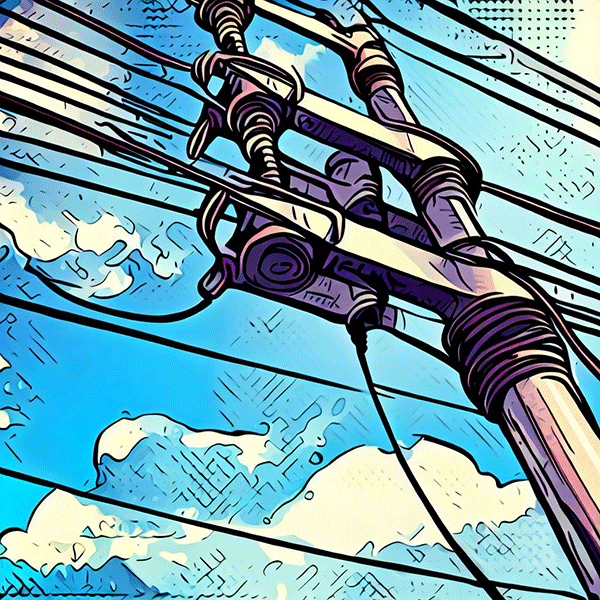What is Voltage?
Voltage, also known as electric potential difference, is like a force that pushes electricity through wires. You can think of it like the pressure of water in a garden hose – the more pressure, the more water comes out. Similarly, the more voltage, the more electricity can flow.
Voltage is measured in units called volts. This unit is named after a scientist named Alessandro Volta, who made the very first battery.
How Does Voltage Work in a Circuit?
A circuit is a path that electricity follows. In this path, voltage acts like a push for tiny particles called electrons. It moves them from one point to another, creating an electric current.
Imagine you’re at a playground. The higher the slide, the faster you’ll go down, right? In this situation, the height of the slide is like the voltage – the greater the height (or voltage), the faster you go (or more current flows).
Every electrical circuit has three necessary parts:
- Voltage Source: This could be a battery or a plug socket that provides the voltage or ‘electric push’ needed to move the electrons around the circuit.
- Load: This is the part of the circuit that uses the electricity, like a light bulb or a toy motor.
- Conducting Path: This is usually a wire that allows the electrons to move from the voltage source to the load and back again.
Without voltage, there would be no push to move the electrons, so no electric current would flow.
Different Types of Voltage
There are two main types of voltage:
- Direct Voltage: This is where the push of electrons goes in only one direction, like in a battery. It stays the same and doesn’t change direction.
- Alternating Voltage: This type of voltage changes direction and strength periodically. The electricity that powers our homes comes from power plants and is a good example of this.
Voltage and Safety
Voltage is necessary for electric current, but we also need to be careful with it. High voltage can be dangerous because a higher voltage provides a stronger push, causing more current to flow. For example, a small static shock from a doorknob has low voltage, while lightning has extremely high voltage.
That’s why it’s crucial to be very careful around electricity, especially when the voltage is high, like near big power lines or when handling electrical appliances.
So, the next time you turn on your TV or play with a battery-operated toy, remember it’s all thanks to voltage!
